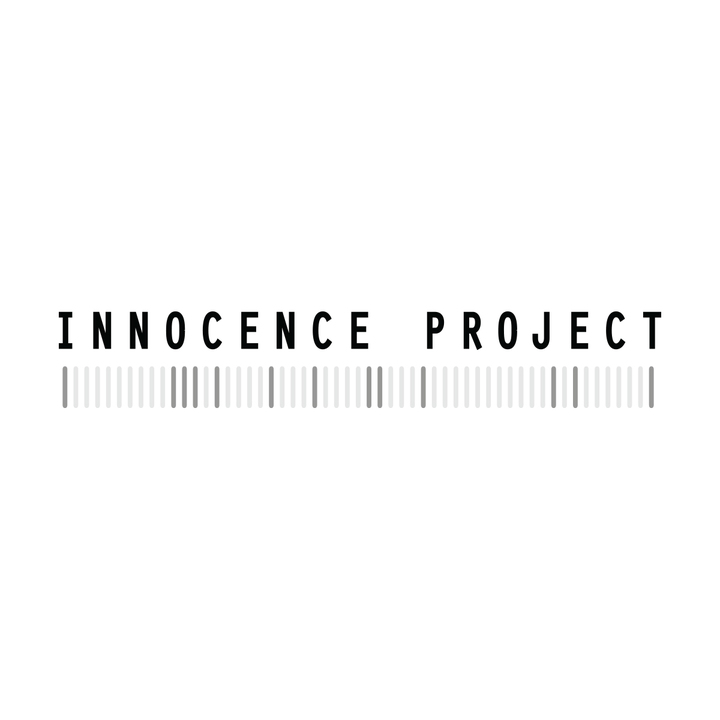Texas Governor Signs Measure to Fix Texas DNA Testing Law
05.28.15
Testing of Crime Scene Evidence Permitted When There is Reasonable Likelihood of Containing Biological Evidence
Contacts: Paul Cates, [email protected] David Edmonson (Sen. Ellis), [email protected]
(Austin, TX – May 27, 2015) – Gov. Greg Abbott signed into law on May 22nd bipartisan legislation (SB 487/HB 2435) that will strengthen access to post-conviction DNA testing to help the wrongfully convicted prove innocence and law enforcement to find actual perpetrators. SB 487/HB 2435, sponsored by Sen. Rodney Ellis (D-Houston) and Rep. Senfronia Thompson (D-Houston), clarifies that courts may grant testing of key evidence that has “a reasonable likelihood of containing biological material”—such as skin, salvia or sweat. The measure clarifies to the Texas Criminal Court of Appeals that the state’s post-conviction DNA testing statute is intended to provide broad access to testing where DNA evidence may be able to prove innocence.
“This is a law and order measure — when an innocent person is behind bars, the real perpetrator can be out harming others. DNA testing has exonerated 52 innocent Texans and real criminals were later identified in 21 of those cases. This law will help identify and address other wrongful convictions. I want to thank Gov. Abbott for signing this bill, and all of my colleagues in the legislature for their support,” said Sen. Ellis.
“DNA testing is a powerful tool, one that has proven to hold the key to unlocking the shackles of wrongful conviction. With this law, Texas has ensured that all its residents – the wrongfully convicted, the victims and survivors of crimes, and the general public – have reasonable access to the crime-solving potential of DNA testing,” said Michelle Feldman, State Policy Advocate of the Innocence Project, which is affiliated with Cardozo School of Law.
In 2014, the Texas Court of Criminal Appeals (CCA) ruled in the State v. Swearingen that the current law requires those seeking DNA testing to prove the existence of microscopic material on the evidence before testing may be granted — which is nearly impossible because it is invisible to the naked eye. However, two months later in State v. Holberg, the court noted an uncertainty in the law and suggested that the burden of proof may be lower than it had articulated in Swearingen. To provide the guidance requested by the CCA, the law clarifies that a court may grant testing on key crime scene evidence “that has a reasonable likelihood of containing biological material.” The National Institute of Justice has issued guidelines on specific items that are likely to contain the type of invisible biological material that may yield probative results, including tape, ligature and fingernail scrapings.
“After spending 25 years in prison for the murder of my wife, DNA testing proved my innocence and identified the real killer. I hope this law helps other wrongfully convicted Texans get the justice they deserve,” said Michael Morton, who was exonerated in 2011 and advocated for the passage of this law.
Morton is one of the 52 Texans, and 329 Americans proven innocent with DNA testing since 1989. Real perpetrators were identified in 21 of the DNA exoneration cases in Texas. Nationally, real perpetrators were identified in 161 DNA exoneration cases, and these persons went on to commit and be convicted of 145 additional crimes—including 77 rapes and 34 murders—while the innocent person was incarcerated.
##

Leave a Reply
Thank you for visiting us. You can learn more about how we consider cases here. Please avoid sharing any personal information in the comments below and join us in making this a hate-speech free and safe space for everyone.